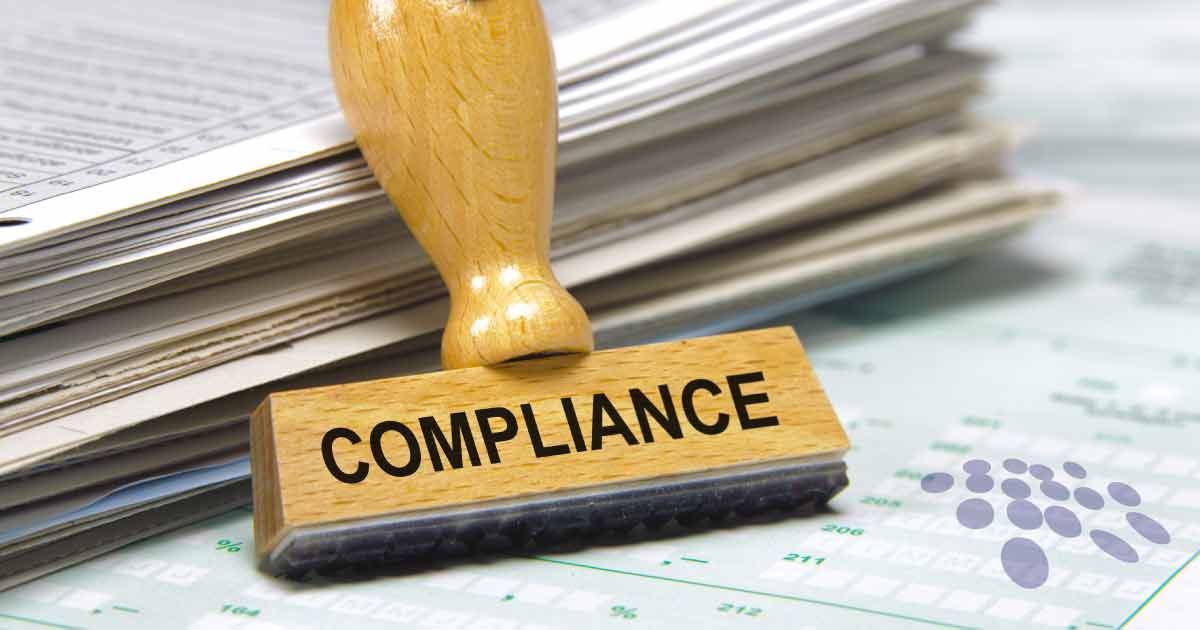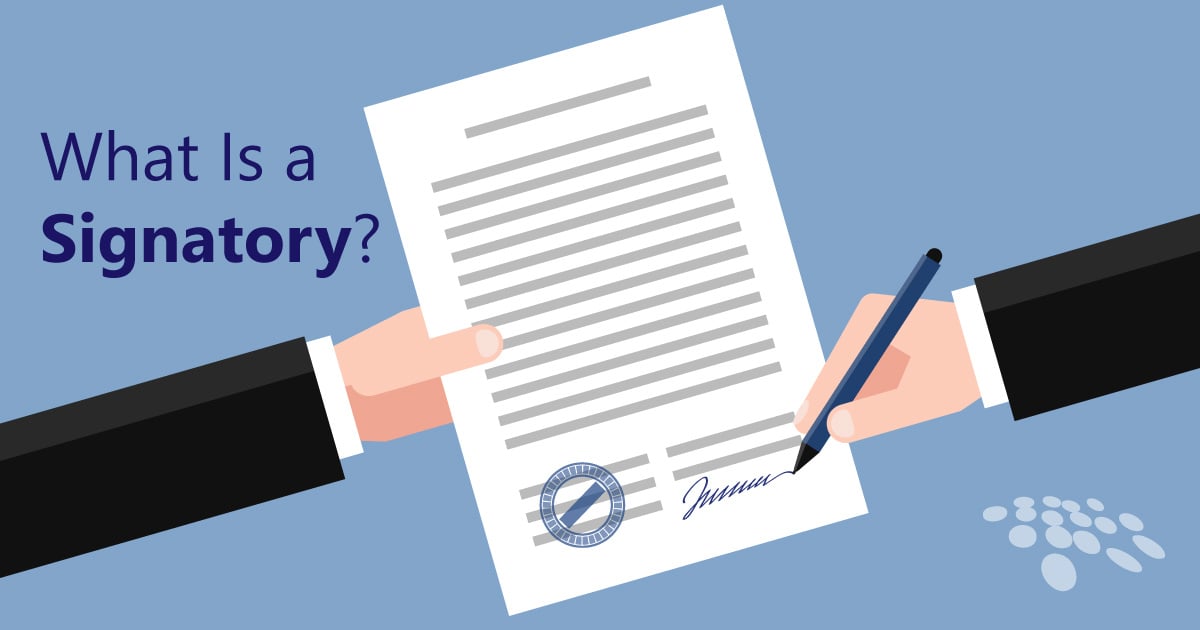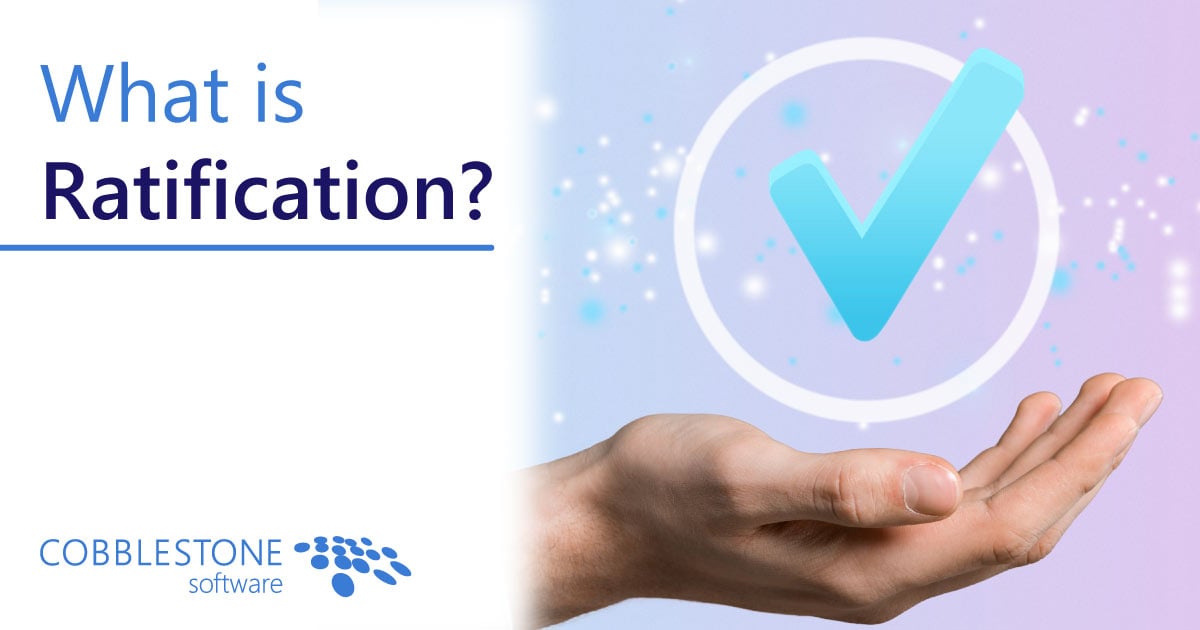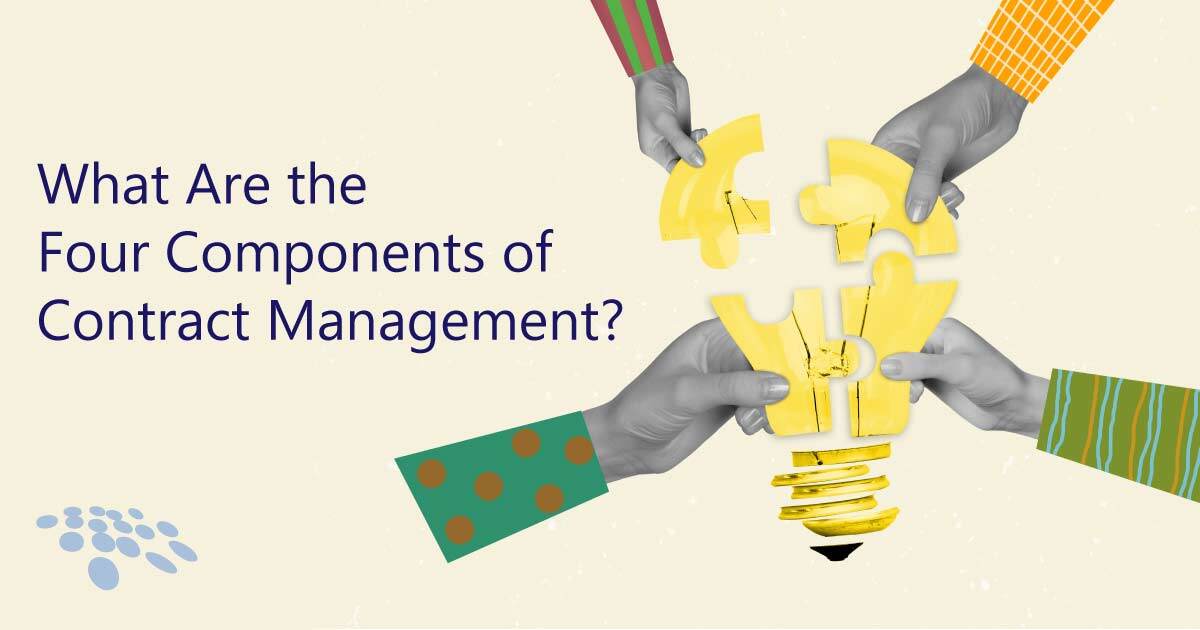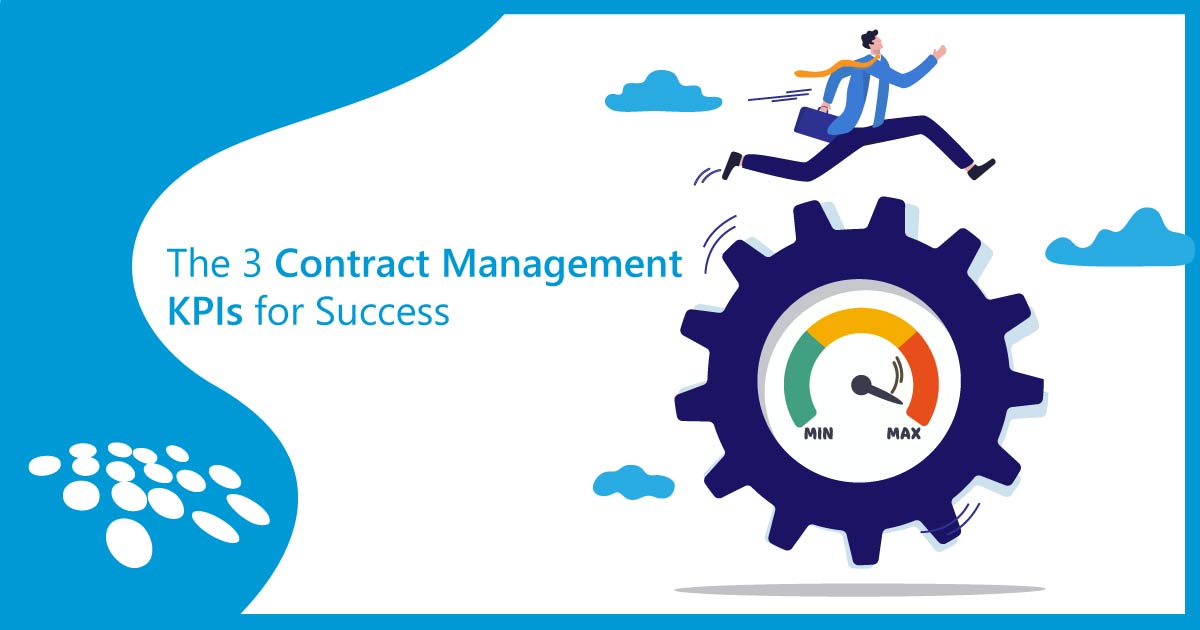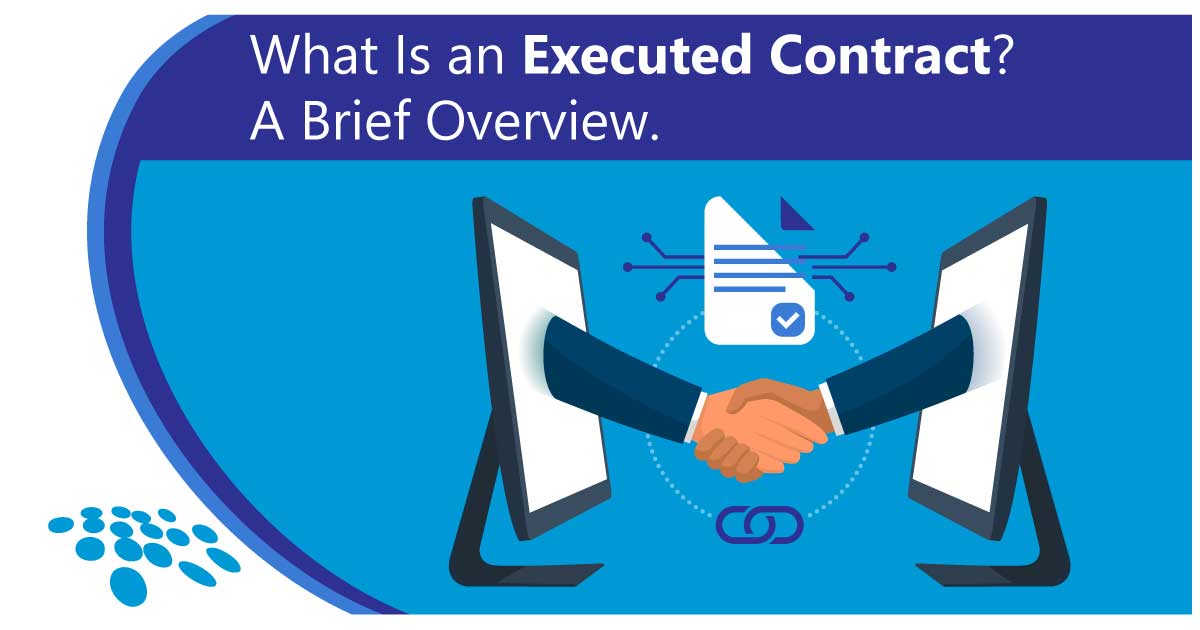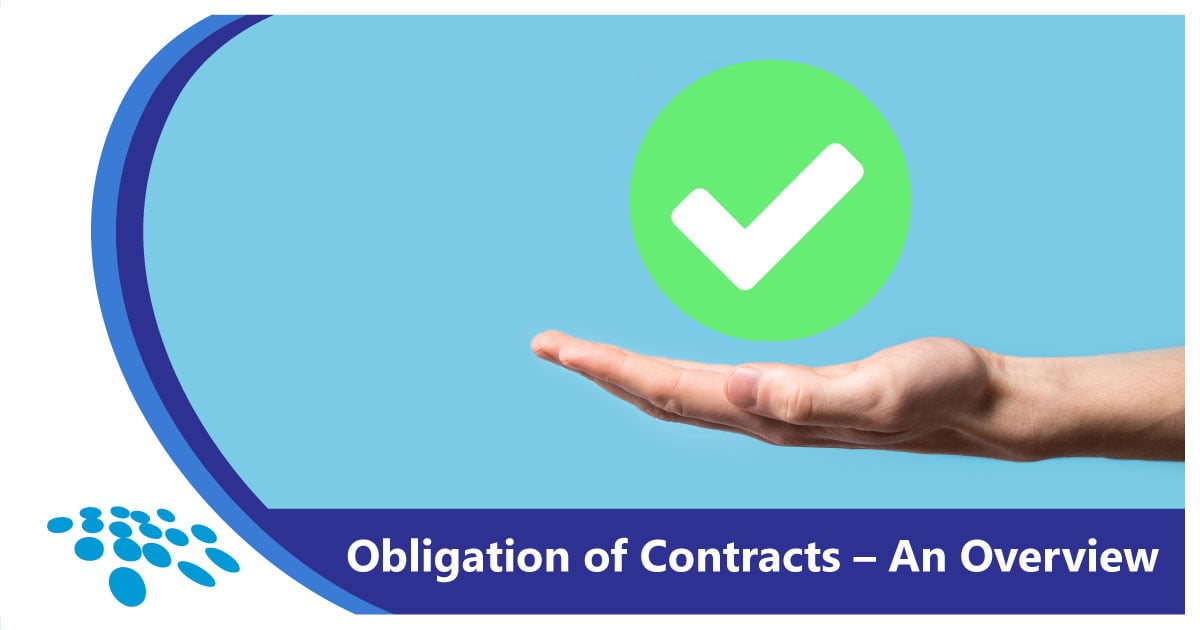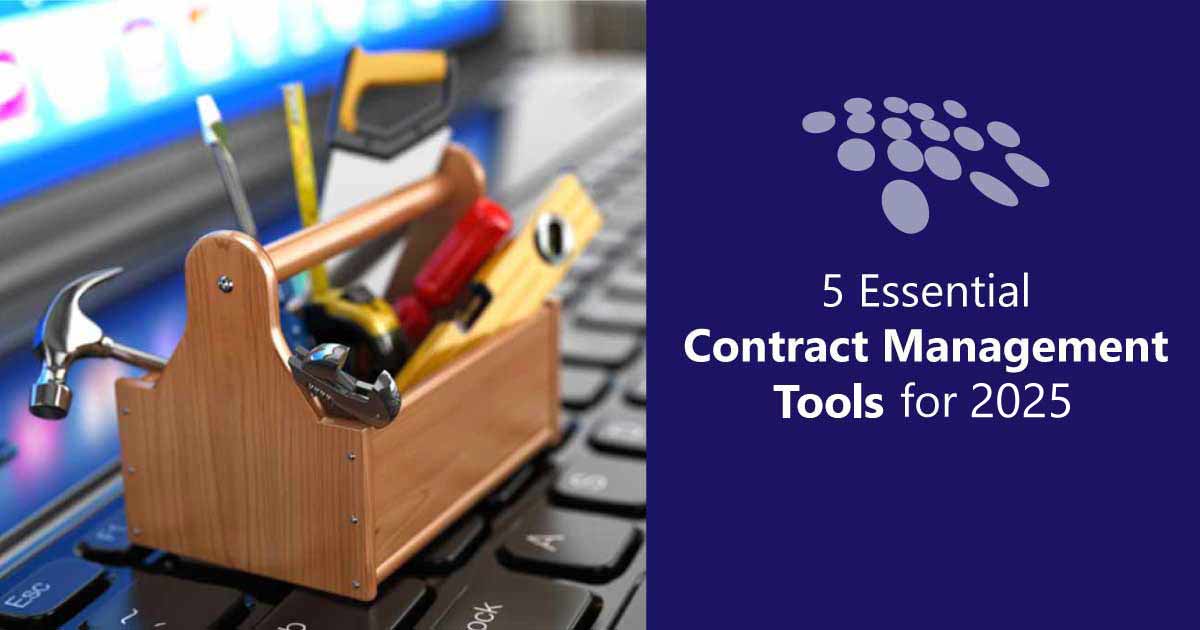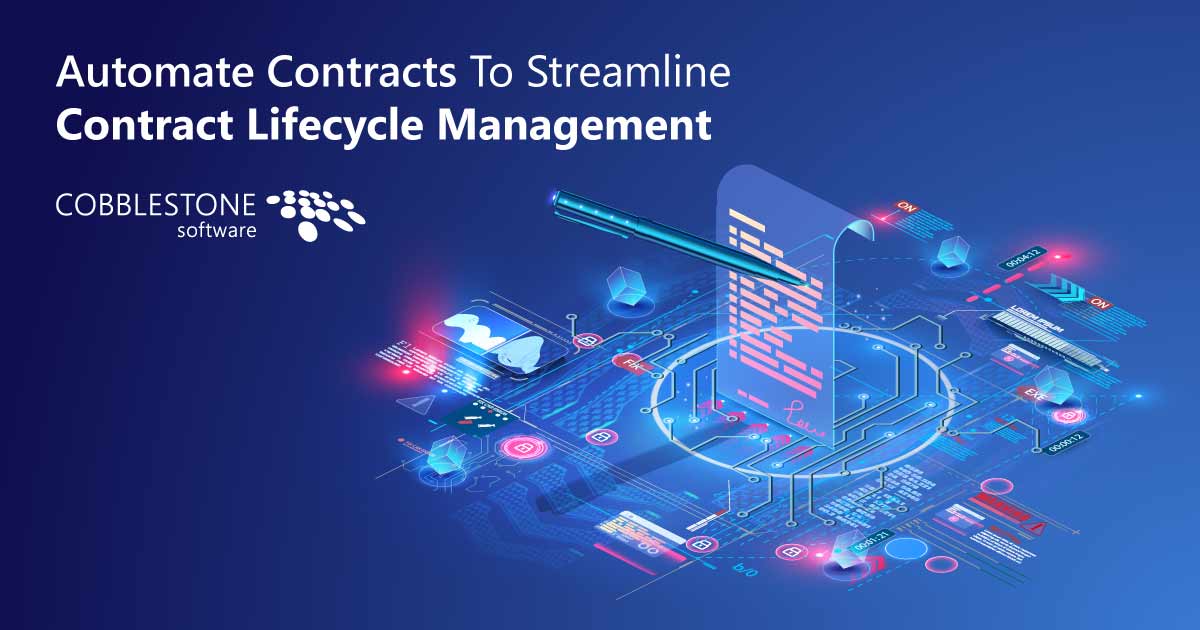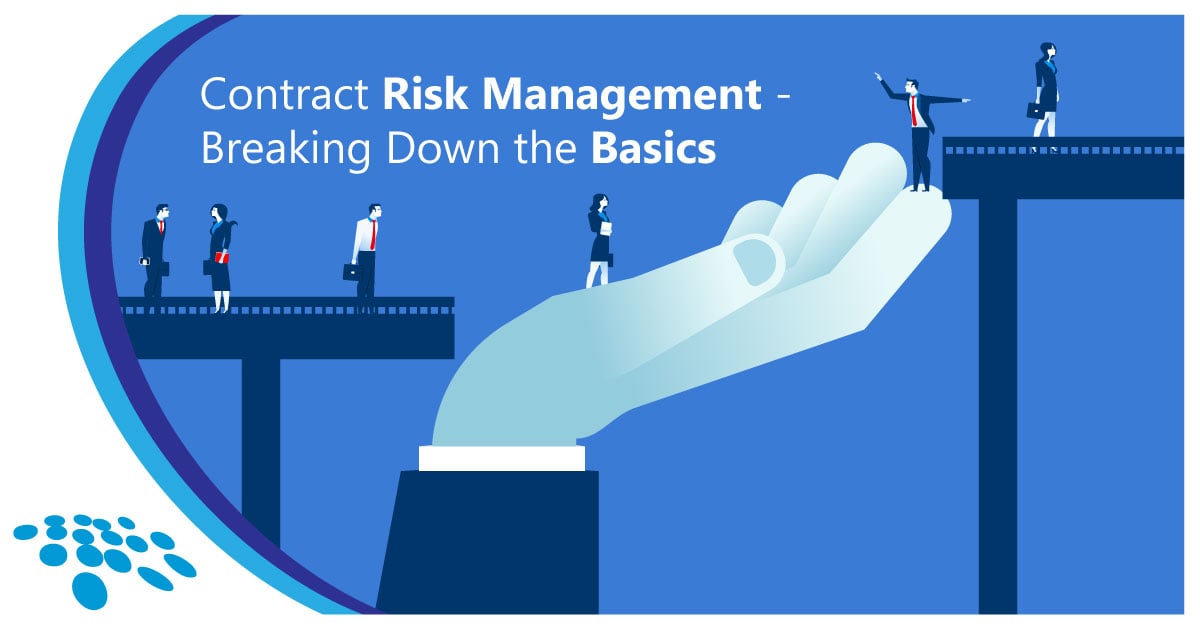
The roles and responsibilities of parties to a contract have evolved significantly over the eras of business relations. With the advent of innovative technology and the increasing complexity of business transactions, organizations must adapt to these changes and ensure that their contracts are well-managed and executed efficiently. In this blog post, we will explore the evolving roles and responsibilities of parties to a contract and introduce a comprehensive solution for managing contracts and party relations in the digital age.
The Traditional Roles of Parties to a Contract
Traditionally, parties to a contract were primarily responsible for negotiating during a meeting or with emailed, back-and-forth redlining and signing the agreement on paper or with decentralized digital means such as emails and dropboxes. These roles included the buyer, seller, and any other relevant parties involved. The main focus was reaching a mutual understanding of the terms and conditions and ensuring that both parties were legally bound to fulfill their contractual obligations.
These goals remain in focus, but things have changed.
The Changing Landscape
In recent years, the roles and responsibilities of parties to a contract have expanded to encompass a broader range of activities. With the rise of technology and globalization, legally enforceable contracts have become more complex, requiring parties to be more proactive and vigilant in managing their contractual relationships.
Let's examine five (5) areas in which the roles and responsibilities of parties to a contract have evolved.
#1- Contract Negotiations
As contract complexity and volume grow, so do the complexity of contract negotiations. The globalized nature of business processes has introduced ranging regulatory requirements, while advancements in technology have brought on the need for complicated considerations regarding data security and intelliectual property. Additionally, there are just...more contracts to manage and - given these increased considerations and complexities - more cooks in the kitchen.
#2 - Risk Management
Many parties to a contract have taken on additional responsibilities in risk management. As business transactions become more intricate, parties must identify and mitigate potential risks that may arise during the course of the legally binding contract. For example, in a construction contract, the parties must consider risks such as material delivery delays, regulations changes, or unforeseen weather conditions. Subsequent responsibilities include assessing the financial, operational, and legal risks associated with the agreements and subcontractor agreements and implementing strategies to minimize their impact.
#3 - Compliance and Regulatory Requirements
Compliance with various contract laws and regulations during contract management is paramount. Parties to a contract must ensure that their agreements adhere to relevant legal and regulatory requirements. For instance, in a healthcare contract, parties must comply with privacy laws such as the Health Insurance Portability and Accountability Act (HIPAA). This may also include compliance with data protection laws, industry-specific regulations, or international trade laws. Failure to comply with these requirements can result in severe consequences, including legal penalties and reputational damage.
#4 Performance Monitoring and Reporting
Parties to a contract are now expected to actively monitor and report on the performance of the agreement. This includes tracking key performance indicators (contract KPIs), ensuring that deliverables are met on time, and addressing any issues or disputes that may arise during the contract term. Effective performance monitoring and reporting help parties identify improvement areas, manage expectations, and maintain a healthy contractual relationship. For example, in an IT services contract, the parties may track metrics such as response time, system uptime, and customer satisfaction to ensure that the service provider is meeting their obligations.
#5- Contract Lifecycle Management
Managing the entire lifecycle of a contractual agreement has become increasingly important for parties to a contract. From the initial drafting and negotiation to the execution and renewal, parties must ensure that contracts are properly managed and maintained throughout their lifespan. These responsibilities include tracking key dates, managing amendments and modifications, and maintaining a centralized repository of contract documents and data. For instance, in a software licensing agreement, parties must keep track of license expiration dates, renewal options, and any changes in usage terms.
Effective contract lifecycle management ensures that parties are aware of their rights and obligations at each stage of the contract.
Parties to a Contract & Contract Management Software
To effectively manage the evolving roles and responsibilities of parties to a contract, organizations can turn to leading contract management software. Contract management software can help businesses streamline their contract processes and enhance contract compliance to meet the demands of the digital age.
Parties to a contract should be on the lookout for a solution that offers a comprehensive suite of features that address the various needs of parties to a contract. These features include:
- Contract authoring and negotiation tools to facilitate efficient contract creation and collaboration. For example, parties can draft contracts using pre-approved templates and clauses, use AI auto-redline for preferred language in an instant, track changes, and collaborate with other stakeholders.
- Risk management capabilities to identify and mitigate potential risks associated with contracts. CLM software can help parties assess risk and risk exposure on visually engaging matrix, hold employees accountable by evaluating the usage of risk assessment tools, provide seamlessly integrated OFAC and Dun and Bradstreet business entity risk ratings, and implement innovative risk mitigation strategies.
- Compliance tracking to ensure that contracts adhere to relevant legal and regulatory requirements. Parties to a contract can use contract management software to monitor compliance with specific laws and regulations, streamline compliance reports, and maintain a record of compliance activities for potential audits.
- Performance monitoring and reporting tools to track contract performance and address any issues or disputes. Parties to a contract can use contract software to set performance metrics and contract KPIs, track progress, and generate reports to evaluate the performance of the contract - including visually engaging dashboards and ad-hoc reports.
- Contract lifecycle management features to manage the entire lifecycle of a contract, from creation to renewal. CLM software can provide a secure contract repository for all contract documents and data, allowing parties to easily access and manage contracts throughout their lifespan with user-friendly searching and access.
Those looking for a trusted and award-winning solution should consider CobbleStone Contract Insight®. Parties to a contract can automate and streamline their contract management processes, saving time and reducing the risk of errors or oversights. CobbleStone® provides a centralized repository for all contract documents, making it easy to access and manage contracts from anywhere at any time - including on its mobile app for iOS and Android (which has been praised as a CLM differentiator. It also offers features such as automated alerts for key dates and contract milestones, version control for document revisions, and extensive reporting options.
Furthermore, CobbleStone is very excited to offer generative contract AI features that put it ahead of the rest in embracing digital transformation.
To learn more, book a free demo of CobbleStone today!










